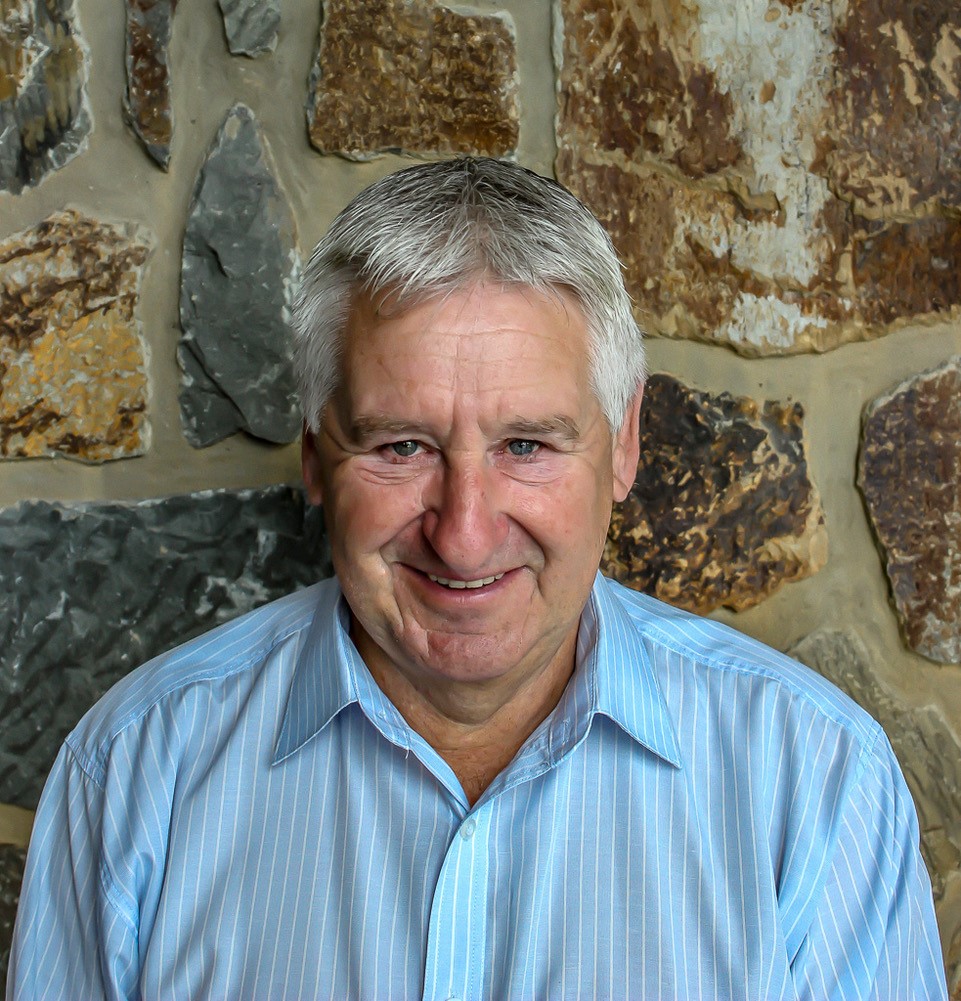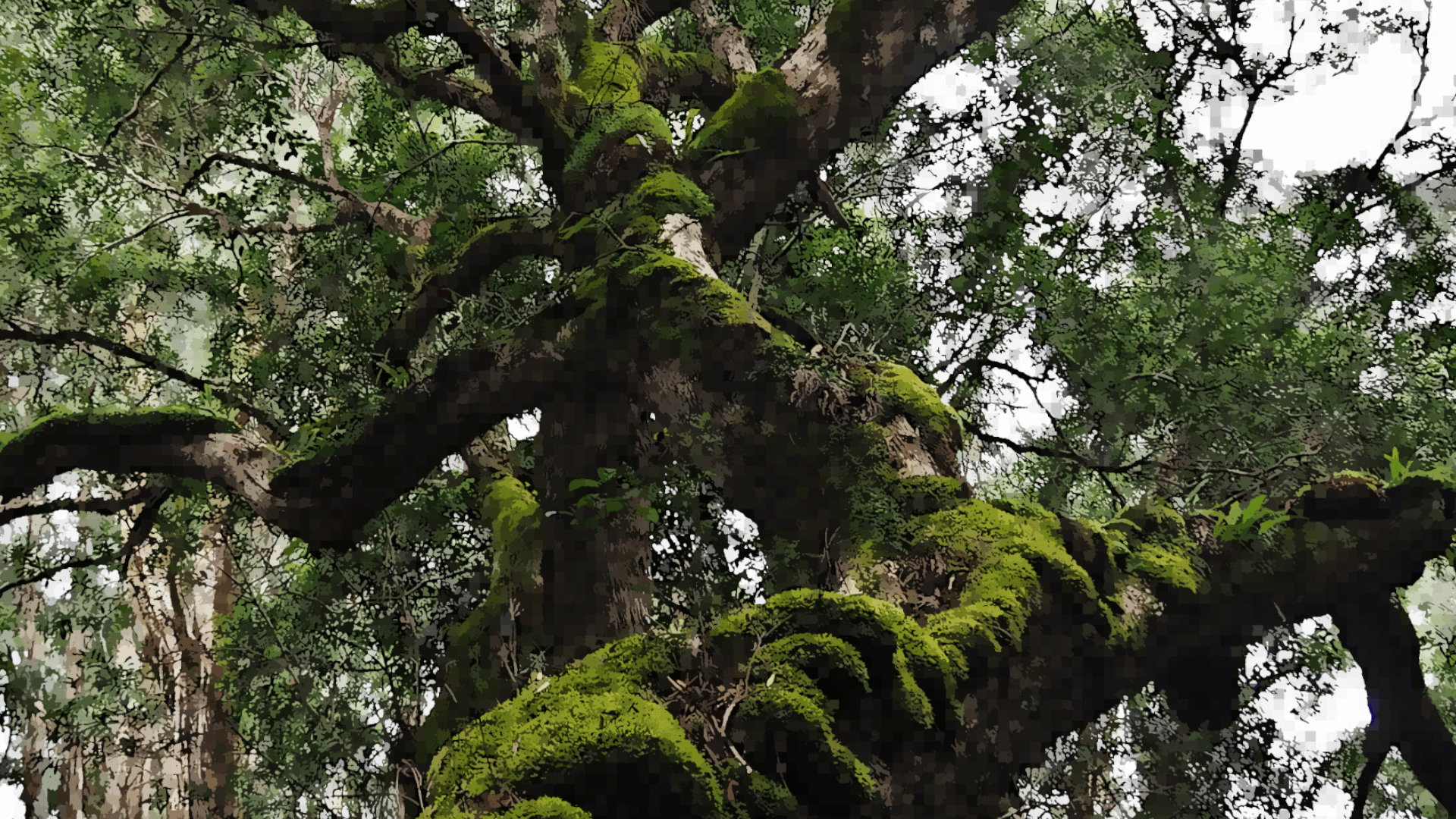
Our second profile in this new series is Orbost 'Healthy Forests' Dialogue co-chair and beekeeper Ian Cane.
IAN CANE
Can you tell us a bit about your work in Gippsland's forests?
During my lifetime as a beekeeper, I have been extremely fortunate to spend an incredible amount of time working in the public land estate, and in particular our magnificent eucalypt forests. Managing bees in these landscapes is a fascinating occupation - you get the opportunity to observe many diverse and totally different ecosystems over a long period and see how they adapt to fire, droughts, rain, and human utilisation decisions.
I’ve also spent a considerable amount of time advocating for the beekeeping industry regarding the use of public land and how important this land is to beekeepers and to all the honeybee pollination dependent industries and ultimately the food security of our nation. I have always held the belief that policy to do with public land should be developed in the community and driven by a guiding set of objectives modelled out over 5, 10, 20, 50, 100 and 200 years.
It is obvious looking through my lens that political policy, lurching from election cycle to election cycle as it does, is a fundamentally flawed approach when managing an asset that requires a 50-to-200-year assessment.
"We are only custodians for a very short time, but it is our inherent responsibility to future generations that we leave this land in as good or better condition than we found it. Ultimately, this is how we are judged."
Why did you get involved with the GFD?
I read a press article about The Forests Dialogues and the group that were pursuing the development of a Dialogue in Gippsland and immediately thought that the idea had merit and that there was a real need for this in Gippsland.
While GFD is at a very early stage of development, it is clear from my perspective that the need to have a community-based organisation is paramount and that the organisation requires considerable input from the community so that there can be better outcomes for everyone - now and in the future.
As Co-Chair of the Orbost dialogue, can you provide some personal reflections on how the GFD process is going and where you think it should go from here?
The GFD presents an opportunity for the community to have a collective voice to influence public land use. During my lifetime I have witnessed significant changes to the management of public land. Early on, a considerable amount of the decision-making was made in the local community by skilled people who lived there.
Now, management and policy development is a very city-based process - a bureaucratic and institutionalised system that ultimately delivers siloed outcomes that are far removed from the people affected by them.
The loss of local decision-making skills in the community is very apparent if the health of our forests is used as a measure. Another important outcome of this disconnected process is that it has created unnecessary divisions within communities.
Although it would have been great to have a GFD in place forty years ago, I believe at present we have a unique opportunity for the GFD to influence change on behalf of the community and take meaningful actions, and only by supporting the GFD can change be implemented successfully.
And finally, what’s your favourite patch of forest?
In the Great Alpine Road to Wattle Circle, then turn up the Angora Range Road, travelling through very dry forests of Red Box, Yellow Box and Red Stringy Bark that fall towards the Tambo River and Haunted Stream. There are some magnificent views of the Tambo Valley and across to the Nunniong area, before you travel further up in elevation to Messmate and Manna Gum forests, and then further up to some magnificent Mountain Ash that are hundreds of years old.
If you continue up the Angora Range Road you pass some very old Mountain White Gums, then into the Alpine Ash and Snow Gum country of the Dorothy Cutting Road and Grassy Ridge Road.
Then, if you keep going onto the Mount Delusion Road and to Groves Gap Road you get to areas of Peppermint Gum forest. The aroma of these eucalypts is incredible - if only all the air we breathe could be like this! After that, you can travel down the Birregun Road to the crystal-clear Livingstone Creek, lined with Swamp Gums and Black Sallee, and then keep on down to Cassilis and the dry White Box forests, before heading to Swifts Creek and home.
Gippsland we are so fortunate to have such a spectacular landscape to pick from. My favourite drive is to travel up the Great Alpine Road to Wattle Circle, then turn up the Angora Range Road, travelling through very dry forests of Red Box, Yellow Box and Red Stringy Bark that fall towards the Tambo River and Haunted Stream. There are some magnificent views of the Tambo Valley and across to the Nunniong area, before you travel further up in elevation to Messmate and Manna Gum forests, and then further up to some magnificent Mountain Ash that are hundreds of years old.
If you continue up the Angora Range Road you pass some very old Mountain White Gums, then into the Alpine Ash and Snow Gum country of the Dorothy Cutting Road and Grassy Ridge Road.
Then, if you keep going onto the Mount Delusion Road and to Groves Gap Road you get to areas of Peppermint Gum forest. The aroma of these eucalypts is incredible - if only all the air we breathe could be like this!
After that, you can travel down the Birregun Road to the crystal-clear Livingstone Creek, lined with Swamp Gums and Black Sallee, and then keep on down to Cassilis and the dry White Box forests, before heading to Swifts Creek and home.

The diversity in the ecosystems and the landscapes you can see all in one day is extraordinary, and I have very special memories of visiting these places with my grandfather and listening and learning from his knowledge.
